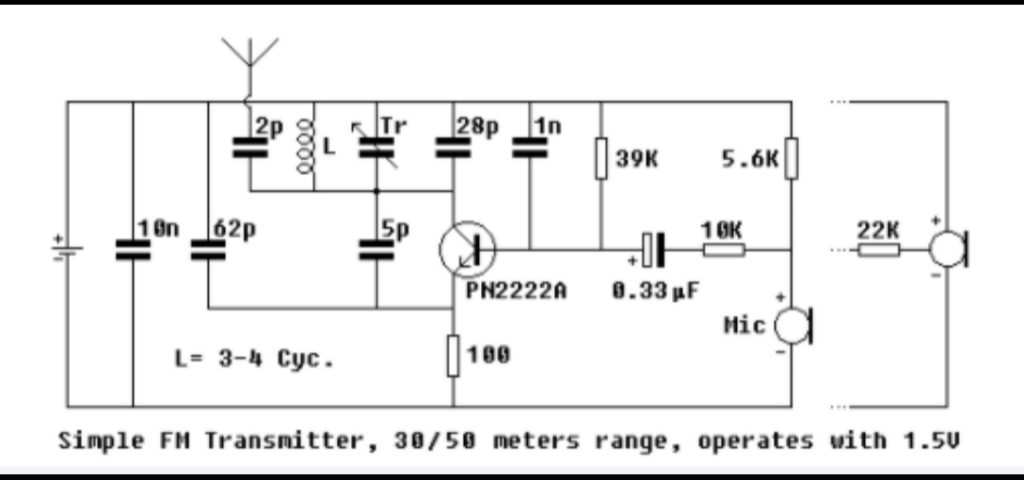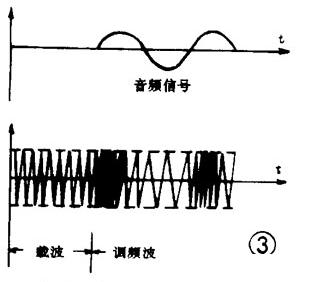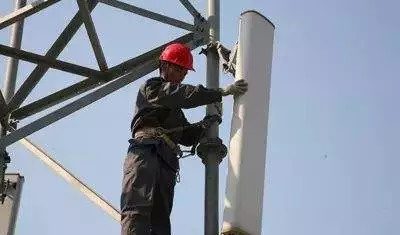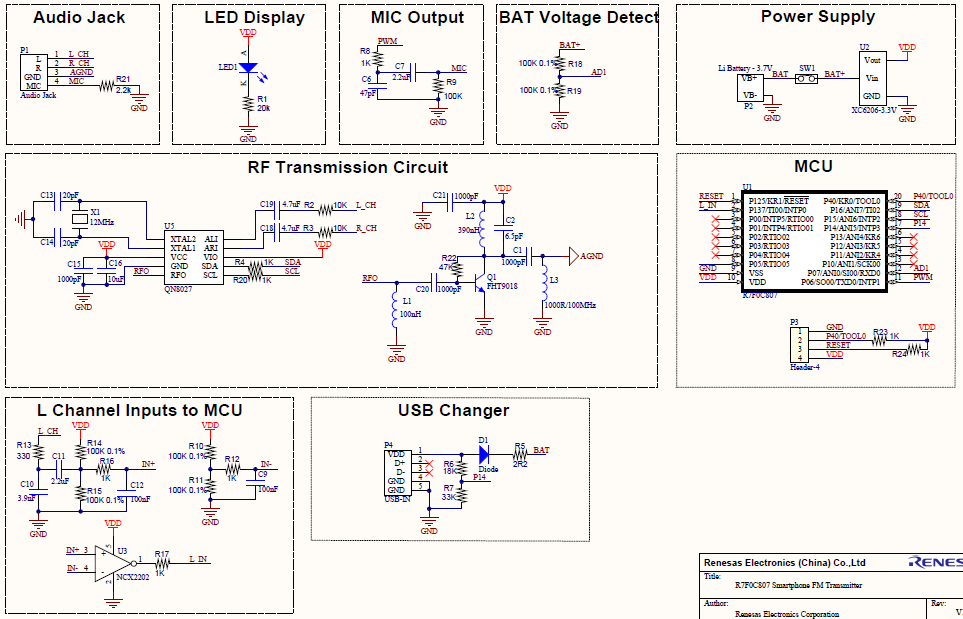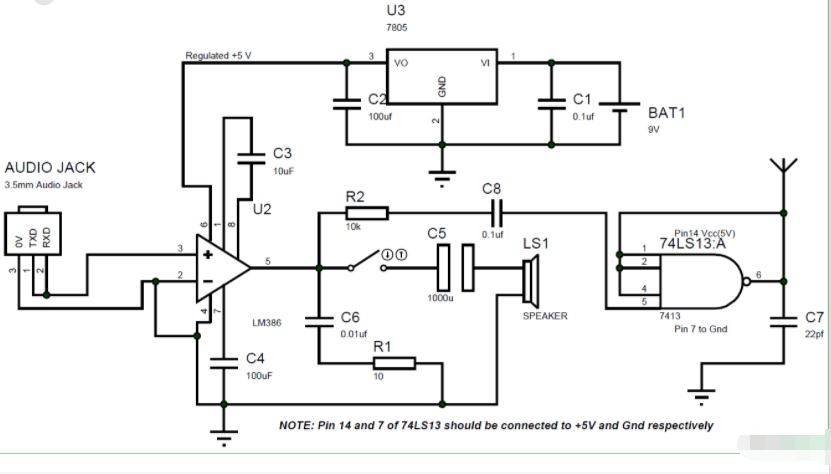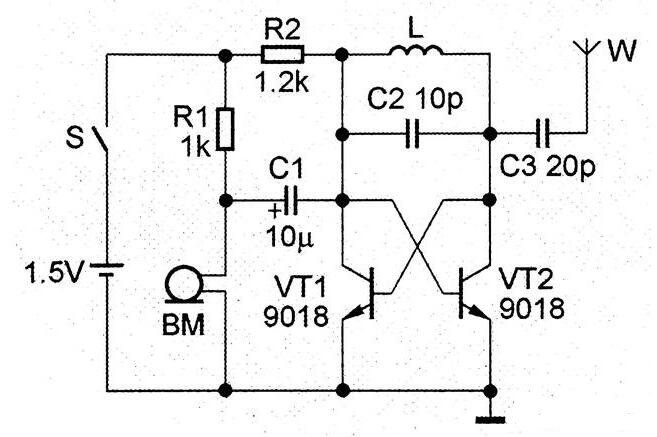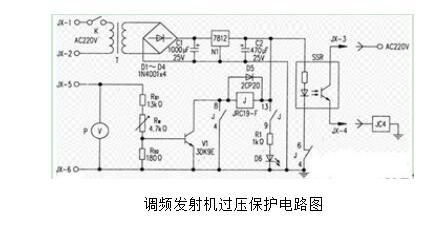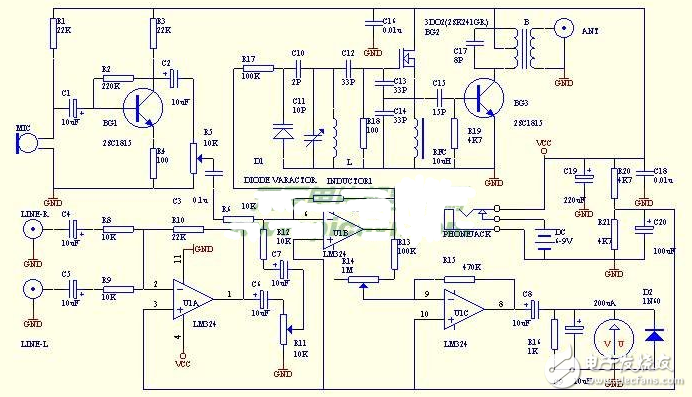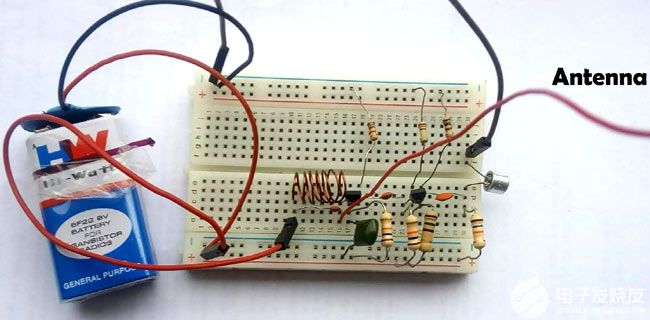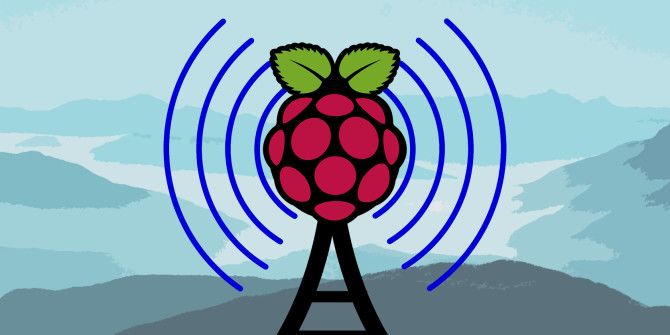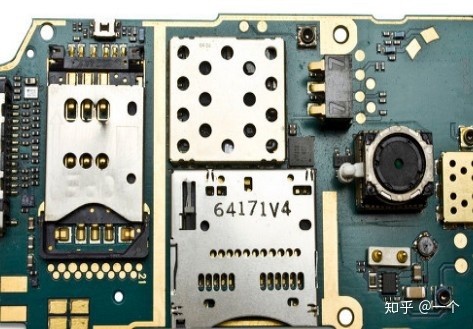When the power grids are running in parallel with the power grid, when the external load changes cause the power grid frequency to change, the regulating system of each operating unit in the grid will change the power of the units according to their respective static characteristics to meet the needs of external load changes. This is automatically adjusted by the regulating system. The method of reducing the amplitude of changes in grid frequency is called primary frequency modulation. Primary frequency regulation is a differential regulation, which cannot keep the grid frequency unchanged, but can only moderate the degree of change in the grid frequency.
The load of some units is increased or decreased by artificial or automatic control to restore the frequency of the power grid. This process is called secondary frequency regulation.
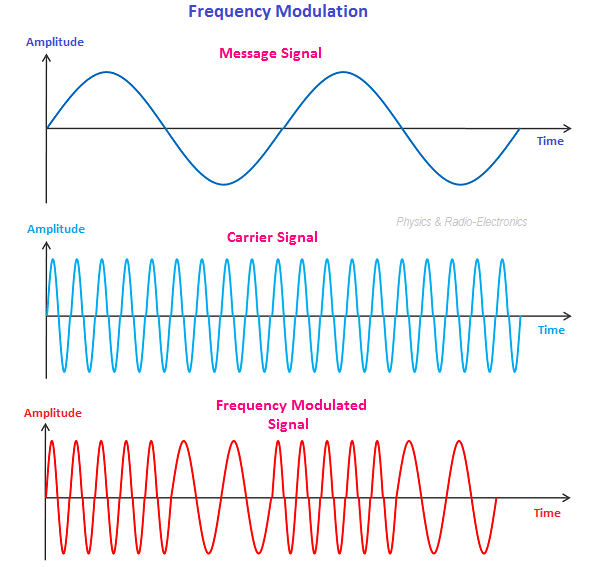
There are two ways to achieve secondary frequency modulation:
1) Power grid frequency regulation The dispatcher of the central dispatching station issues load adjustment orders to each plant according to the load flow and grid frequency, and each power generation unit adjusts to realize the secondary frequency regulation of the entire network.
2) The automatic control system (AGC) is used, and the computer (computer dispatcher) controls the units of each plant to realize the whole process of frequency regulation. Each unit participating in the system must have several coordinated control systems.
The primary frequency regulation function of the unit means that when the grid frequency exceeds the specified normal range, the change of the grid frequency will cause the speed regulation system of each unit participating in the primary frequency regulation in the grid to automatically increase or decrease the power of the unit according to the change of the grid frequency. A function that achieves a new balance and limits changes in grid frequency within a certain range. The primary frequency regulation function is an important means to maintain the stability of the power grid.
Load fluctuations lead to frequency changes, and the system frequency can be kept within the specified changes through primary and secondary frequency modulation. For the frequency offset caused by the small load change range and the short change period, it is generally adjusted by the governor of the generator, which is called primary frequency modulation. For the frequency offset caused by the relatively large load change and the long change period, the governor alone cannot limit it to the specified range, and the frequency modulator must be used to adjust the frequency, which is called secondary frequency modulation.
In order to ensure the frequency stability of the power grid, it is generally necessary to perform frequency regulation on the power link, that is, primary and secondary frequency regulation. The secondary frequency regulation refers to the frequency regulator of the generator set. Longer (10s~30min) frequency deviation adjustment. Generally, there are FM factories to do this work.
The power grid cycle is a random variable that changes dynamically with time and contains different frequency components. The primary frequency modulation of the power grid is a random process. Because the system load can be regarded as composed of the following three kinds of variable loads with different changing laws [1]:
① Random load components with small change range and short change period (usually within 10s);
② The load component with a large change range and a long change period (usually 10s to 3min) mainly includes electric furnaces, rolling machinery, etc.;
③ Continuously changing load with slow change, the main reasons for load change are the work and rest system of the factory and the law of life of the people.
What the primary frequency modulation regulates is the random component superimposed on the long-period variation component, which determines the random nature of the primary frequency modulation of the power grid.
When the scale of the system is not large, the research on peak regulation and frequency regulation of the power system is mainly carried out from the static point of view. For example, before the mid-1980s, the research focus was mainly on static economic distribution of power plant loads, safe and economical static dispatch, static optimal power flow, etc. The constraint information is not concerned enough, which is acceptable in the early stage when the system scale and load development are relatively limited. However, with the rapid development of the system scale and load, many new problems and features have appeared in the peak regulation and frequency regulation of the power grid. At this time, it is difficult to solve the problem from a static point of view to achieve the effect of multi-party coordination.
